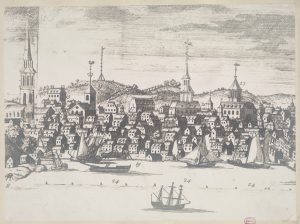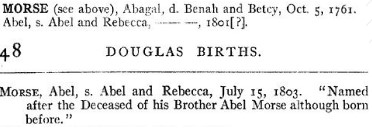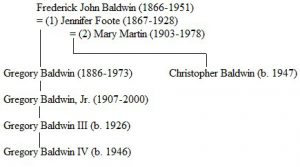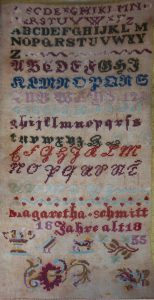 The beginning of summer and the influx of tourists to the city of Boston has me thinking about a fun activity I did last year: a historic tavern tour. This was an entertaining group outing where we went on a historical tour of the city, all the while stopping at historic bars and having a beer or two at each. I enjoyed this experience as it combined two of my favorite things, history and beer.
The beginning of summer and the influx of tourists to the city of Boston has me thinking about a fun activity I did last year: a historic tavern tour. This was an entertaining group outing where we went on a historical tour of the city, all the while stopping at historic bars and having a beer or two at each. I enjoyed this experience as it combined two of my favorite things, history and beer.
Shortly after the tour I came across a book in our library called, Old Boston Taverns and Tavern Clubs, by Samuel Adams Drake. Continue reading The lives of women








